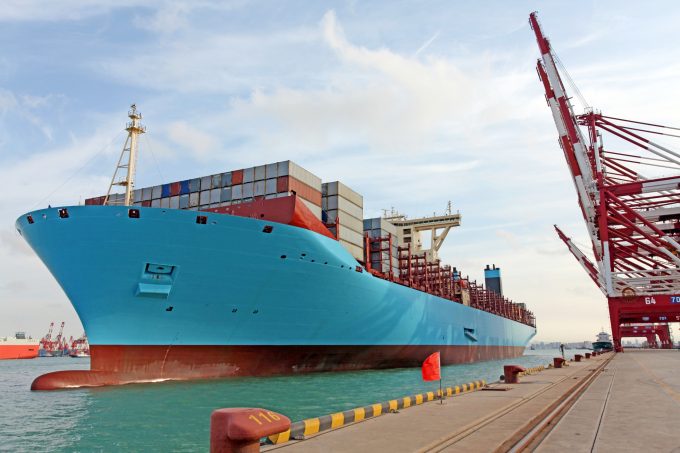More luck than judgment? Top 10 box lines enjoy elusive balance
Something of a sweet spot?

Maersk Line is upgrading its eight E-class 15,550 teu vessels to load a further 1,300 teu.
Raising the accommodation block and wheelhouse and increasing the height of lashing bridges to take an extra tier of containers is part of the strategy to double the lifetime of the 10-year-old ...


Comment on this article